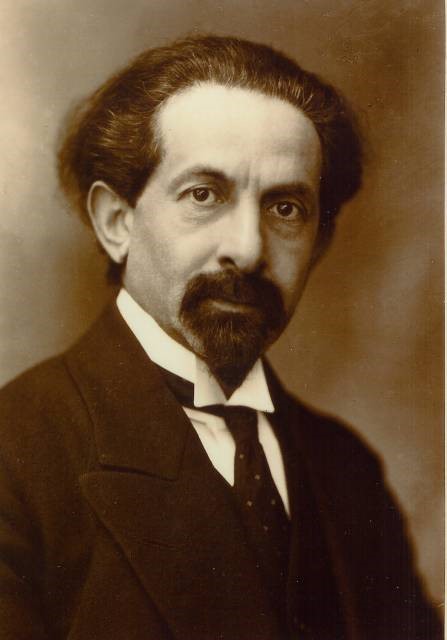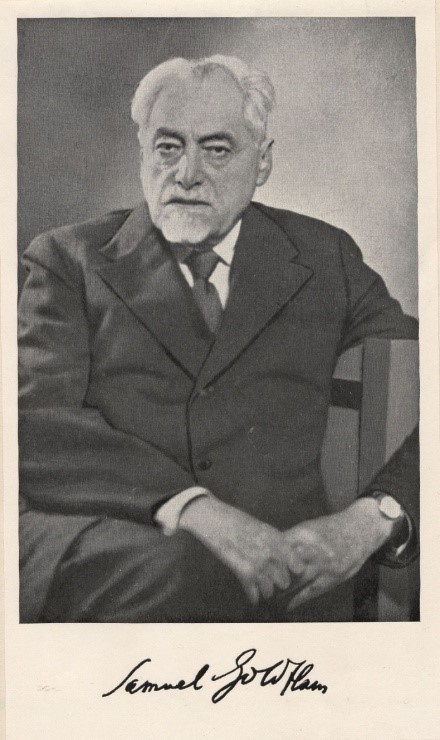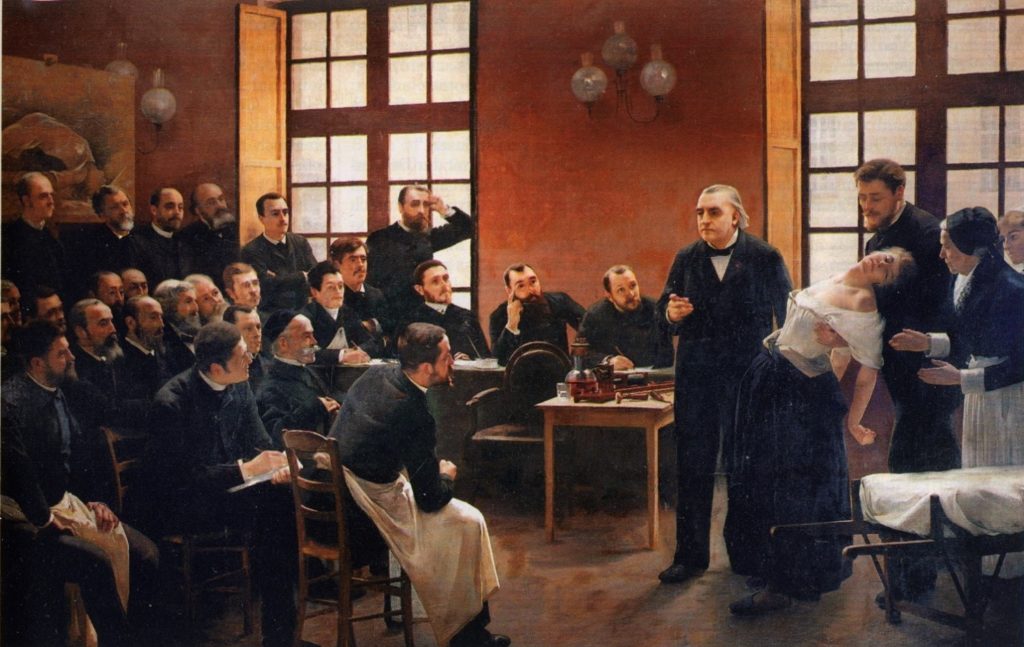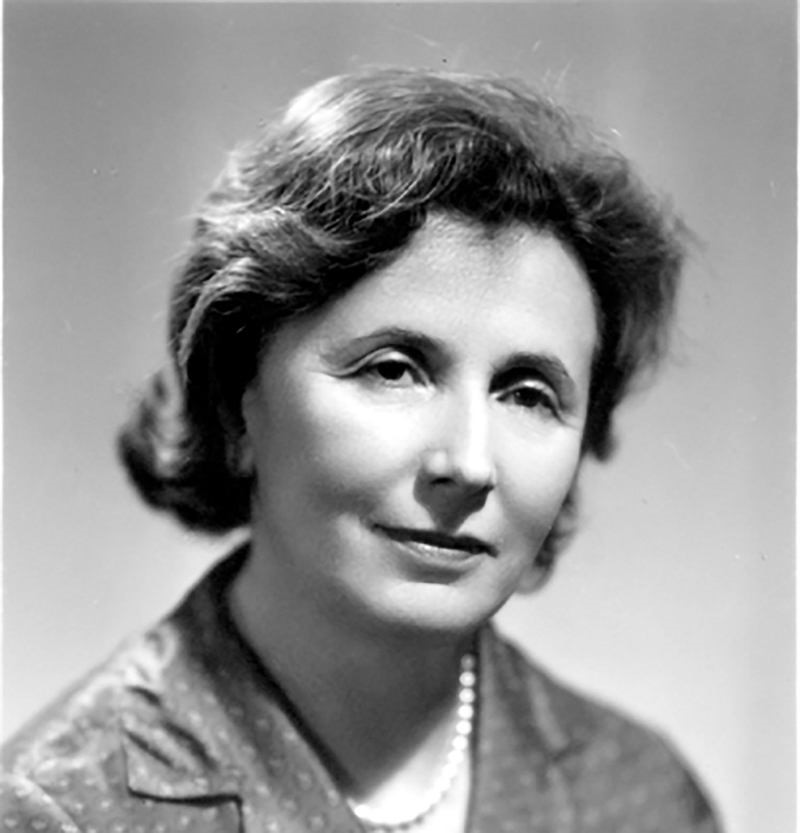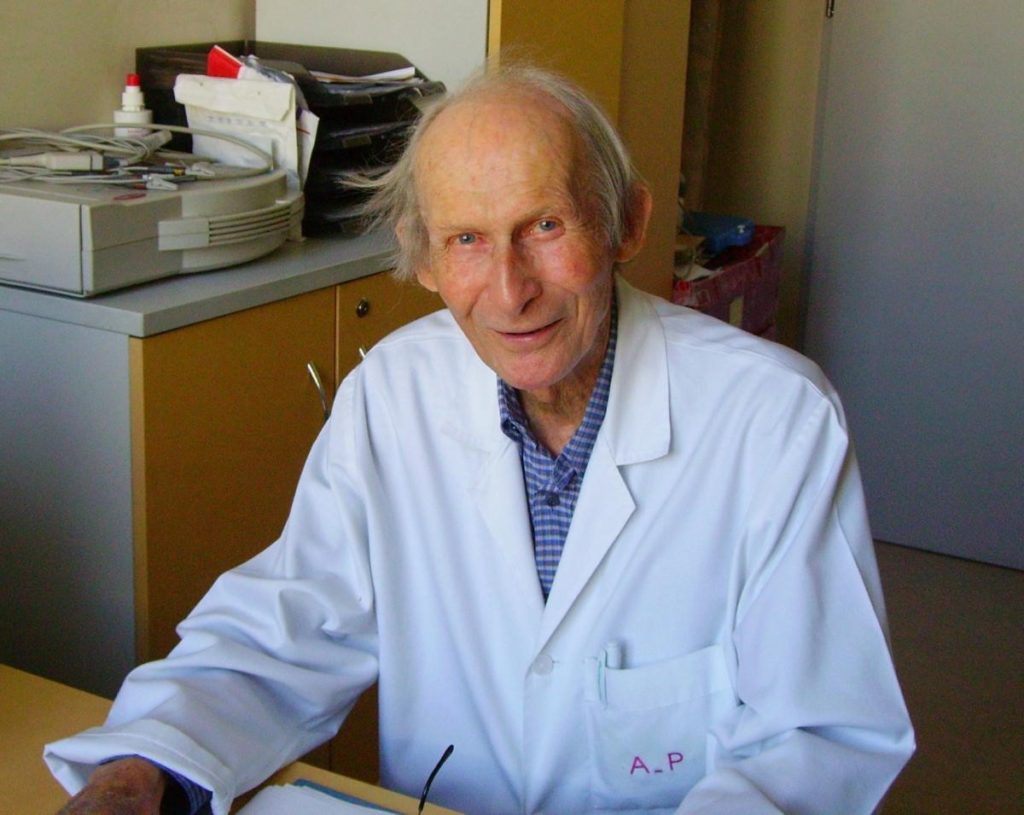Country of the month – Poland
Warsaw
Poland is located in Central Europe between the Baltic Sea in the north, and the Sudetes and the Carpathian Mountains in the south, the majority of the area laying in the basin of the Vistula and Oder rivers. The country is inhabited by about 38 million people, and in terms of the area, which exceeds 300,000. km2, Poland is classified as 63rd on Earth. Its neighbours are: Germany, the Czech Republic, Slovakia, Ukraine, Belarus, Lithuania and Russia. Such a geopolitical position has had an impact on the richness of history. The historical background includes numerous battles and the whole policy regarding the territory of power, the struggle for independence, when Poland had disappeared from the map of Europe for more than a century and the largest migration of people from east to west after World War II.
Morskie Oko – literally “Sea Eye” or “Eye of the Sea”, one of the five most beautiful lakes in the world, according to The Wall Street Journal
The shape of the surface is also rich in diversities. From mountain ranges with the highest peak of Rysy (2499 m above the sea level), through highlands, lowlands, depression in Żuławy Wiślane (1.8 m below the sea level), to the Baltic Sea. In the Polish landscape, there are numerous lakes – the largest of them is Śniardwy (11 383 ha), and the deepest one is Hańcza (108, 5 m) and extensive green areas, including the remains of the primary Białowieża Forest, which is inhabited by European bison, the largest animal in Europe.
Administratively, Poland is divided into 16 provinces. There are remarkable cities such as Kraków, Warszawa, Wrocław, Poznań, Gdańsk, and Szczecin, which are located by the rivers. Among Polish cities, Kraków is the most often visited one, and has been awarded in European rankings many times. Kraków was visited in 2015 by a record-breaking number of 10 million people, who liked the stay at the Main Market Square and admired the masterpiece “Lady with an Ermine” by Leonardo da Vinci.
The Polish healthcare system is based on the insurance model. The state, regardless of the financial situation of the citizens, provides them with equal access to healthcare service. The National Health Fund (NFZ) is responsible for covering the costs of treatment. It is the central unit that possesses and manages all funds, which derive from the income of Poles in the form of compulsory insurance premiums (9% of personal income). The system of compulsory health insurance is additionally co-financed from the state budget and budgets of territorial self-governments. The services are provided by public and non-public healthcare entities as well as individual and group medical practices. They include the stationary and outpatient forms of healthcare. At present, 4.67% of GDP is allocated to financing the health care system, but health expenditure is expected to increase in subsequent years, reaching the level of 6% of GDP in 2025.
There are nine medical universities in Poland: the Jagiellonian University Medical College, the Collegium Medicum of the Nicolaus Copernicus University, the Collegium Medicum of the University of Warmia and Mazury, five faculties of public universities and two faculties of non-public universities, where the medical faculty is available.
The history of medical education in Poland dates back to the second half of the 14th century. The oldest university, which educates future physicians is the Jagiellonian University Medical College in Kraków. The University was founded in 1364 by the king Casimir III the Great under the name of Kraków Academy. The Faculty of Medicine has existed since the beginning of the University’s functioning.
Currently, the Medical University of Warsaw is the largest Polish medical university. It was established in 1915 and conducts education in 14 fields of education, as well as postgraduate studies and doctoral studies. The university educates over 9,000 students, including over 700 foreigners.
In 1919, the University in Poznań was established, while the majority of universities were created after World War II (the Maria Curie-Skłodowska University in Lublin in 1944, the Nicolaus Copernicus University in Toruń in 1945, the University of Łódź in 1945, the University of Wrocław in 1945, and the University of Silesia in Katowice in 1968). At present, about 60,000 students study at medical universities every year.
In Poland, the title of Doctor of Medicine (MD) is obtained by completing the six-year uniform studies (long-cycle studies) at the faculty of medicine of one of the medical universities and the license to practice of medicine (Medical Licence) is obtained after completing a thirteen-month postgraduate internship and passing the Medical Final Examination (Lekarski Egzamin Końcowy) with a positive result. The title of neurologist (specialist physician in neurology) is obtained after completing the training, which lasts usually 5-6 years and takes place during normal, professional work, and successfully passing the specialist certification exam. At the date of December 31, 2017, there were 4,302 professionally active neurologists in Poland.
The history of Polish neurology began in the period of Partitions of Poland, when physicians, who were educated at leading German, Austrian and French universities, began to lay the foundations of the Polish neurological school.
- Edward Flatau (1868-1932), who published the atlas of the human brain in 1894, thanks to which he gained international recognition. He was also the creator of the so-called Flatau’s law, which indicates the eccentric arrangement of long nerve fibers in the spinal cord. He also described the meningeal signs, which were named after him – a neck-mydriatic sign (upper Flatau’s sign) and a neck-erectile sign (lower Flatau’s sign).
- Samuel Goldflam (1852-1932), as one of the first, gave the clinical characteristics of myasthenia gravis (Erb-Goldflam disease), including its primary symptom – myasthenic-type muscular fatigue (apocamnosis).
- Józef Brudziński (1874-1917) was one of the creators of paediatric neurology. He organized the first modern paediatric hospital in the territory of Poland. He described the meningeal signs, which were later named after him – Brudziński’s neck, cheek and symphyseal sign.
- Łucja Frey-Gottesman (1889 – 1943) a Polish physician of Jewish descent, a neurologist, the author of one of the first descriptions of the neurological syndrome, which was called the Frey’s syndrome.
- Kazimierz Orzechowski (1878-1942), head of the Neurology Clinic in Warsaw, the first Polish neurological centre, which was founded after 123 years of captivity (which was connected with the Partitions of Poland). Professor Orzechowski described a palsy sign in myotonia, he was also the creator of the term “opsoclonus”.
- Adam Opalski (1897-1963), the next head of the Neurology Clinic in Warsaw, in 1930, he described the large altered glial cells, which are typical of Wilson’s disease (Opalski’s cells) and the submedullary Opalski’s syndrome (lateral medullary syndrome with ipsilateral hemiplegia).
- Józef Babiński, an outstanding French neurologist, was also of Polish descent. His work in the field of physiology of the nervous system and neuropathology was of a breakthrough significance for the development of neurology. He was the discoverer of one of the most important neurological signs, which indicated the damage of the pyramid tract, which was called, in his honour, the Babiński’s sign.
A fragment of the image of André Brouillet “Une leçon clinique à la Salpêtrière “ from 1887 presenting the Charcot’s lecture at Salpêtrière hospital. Babinski is the assistant, who supports the “hysteric”.
The period of World War II was associated with huge losses both in the group of neurologists as well as material losses in hospital, didactic and scientific facilities. The change of borders after World War II was the reason why the clinical centres in Lviv and Vilnius, which were important for Polish neurology, were outside of the new borders of Poland. Among the physicians, who played a huge role in the post war period of the formation of Polish neurology, there was Irena Hausmanowa-Petrusewicz (1917-2015), who had been the head of the Neurology Clinic in Warsaw for many years. Neuromuscular diseases were the basic field of her scientific interests. She was a widely recognized scientific authority in the field of neuromuscular diseases as well as early neurological rehabilitation. Her scientific achievements include about 400 publications. She performed the function of the Vice President of the World Federation of Neurology, she was also a founding member of the Research Group on Neuromuscular Diseases of this Federation. Professor Antoni Prusiński (1925-2017) was another important figure, who had been the head of the Neurology Clinic in Łódź for several dozen years. Headaches (especially migraine) and dizziness were his main field of interest. He was a recognized authority in this field and the author of many monographs, which were devoted to the subject of headaches.
The Polish Society of Neurology (Polskie Towarzystwo Neurologiczne – PTN) was established in 1933, and Professor Kazimierz Orzechowski was its first president. The Polish Society of Neurology brings together neurologists and physicians, who are currently specializing in this field. It has 1,600 members at present. Currently, Professor Jarosław Sławek is its president. In the past, this function was performed, among others, by: Grzegorz Opala (2005-2008), Krzysztof Selmaj (2008-2011), Wojciech Kozubski (2011-2014) and Przemysław Nowacki (2014-2017). The main goals of the Polish Society of Neurology are: to support of the development of science in the field of neurology and related branches of science, to represent Polish neurology in the country and abroad, to disseminate and propagate scientific achievements among neurologists and physicians of other specialties and to implement them to scientific work and the participation in the training of physicians in the field diseases of the nervous system. The Polish Society of Neurology conducts publishing activities, organizes congresses and scientific meetings, organizes competitions for the development of major issues in the field of neurology and awards prizes for scientific achievements, cooperates with the Ministry of Health, cooperates with the Polish Academy of Sciences, national and foreign scientific societies and the Chambers of Physicians in the field of neurology and develops and issues opinions on scientific, organizational and professional affairs concerning neurology. The Polish Society of Neurology belongs to international organizations: World Federation of Neurology and the European Federation of Neurological Societies.
The activity of the Polish Society of Neurology and all news are presented on the website https://ptneuro.pl/. The educational platform is https://neuroedu.pl/ and official journals are “Polish Journal of Neurology and Neurosurgery” and “Polski Przegląd Neurologiczny” (“Polish Neurological Review”).
“Polish Journal of Neurology and Neurosurgery” is a journal of scientific nature – it publishes original (experimental and research) papers, reviews and case studies in the field of neurology and neurosurgery. The editors-in-chief of this bimonthly released journal are Professor Zbigniew K. Wszołek (Mayo Clinic, Jacksonville, USA) and Professor Jarosław Sławek (Medical University of Gdańsk). The journal has the highest rank among the journals from the field of neurology, which are released in Central and Eastern Europe.
“Polski Przegląd Neurologiczny” (“Polish Neurological Review”) is an educational magazine, which is quarterly released by the Polish Society of Neurology, which publishes reviews and case studies, as well as conference reports, literature reviews and book reviews from the field of neurology. The magazine is addressed to neurologists and physicians of the related specialties and those, who are interested in neurology. Since 2005, Professor Ryszard Podemski (Wroclaw Medical University) has been the editor-in-chief of the “Polish Neurological Review”
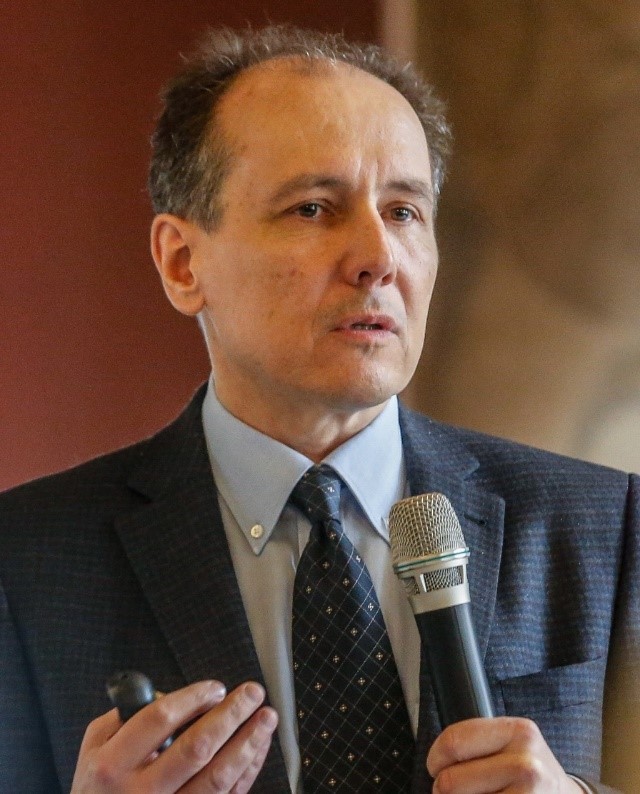
Professor Jarosław Sławek, President of the Polish Society of Neurology
Neurokurier and neuroedu.pl the magazines, which are published in electronic form. On neuroedu.pl educational website, e-lectures, neurological recommendations and news and access to full texts of many neurological articles, are very popular. Video coverage from congresses organized under the patronage of the Polish Society of Neurology, has also gained widespread recognition, including: XXIII Zjazd Polskiego Towarzystwa Neurologicznego (The XXIII Congress of the Polish Society of Neurology), which took place in 2017 in Gdańsk or III Kongres Polskiego Towarzystwa Choroby Parkinsona i Innych Zaburzeń Ruchowych (III Congress of the Polish Society for Parkinson’s Disease and Other Movement Disorders), which took place on April 12-14, 2018 in Katowice.
This article was prepared by Waldemar Brola and Sławomir Budrewicz.
Images: retrieved from wikipedia.org

